Micro content is a short-form written copy, images, infographics, or video content. These are basically any type of small content that demands less attention span.
But why should you now consider developing micro content instead of traditional long-form posts?
The reason is simple – growing distraction in a hectic busy life. A study published on Forbes chronicles that the attention span of a human is lower than that of a goldfish, only 8 seconds!

You yourself can agree with this fact. Just remember, after your work, or in the middle of work, how happy you become with reading or viewing short social media posts – be it meme images, funny videos or short informative content.
To succeed in micro content strategy, you need to understand your target audience, craft informative and interactive content and stay constant in your bite-sized messaging. Is it so simple or too hard to do all these? Let us explain
What is Micro Content?
Micro content is a term used to describe bite-sized pieces of information. This type of content is intended to grab readers’ attention and convey a clear message.
It is designed to have an immediate impact on the reader’s mind. A micro content can be rapid social media posts, short videos, eye-catching photos, or attractive infographics.
Micro content offers a way to successfully communicate ideas in a brief and engaging manner.
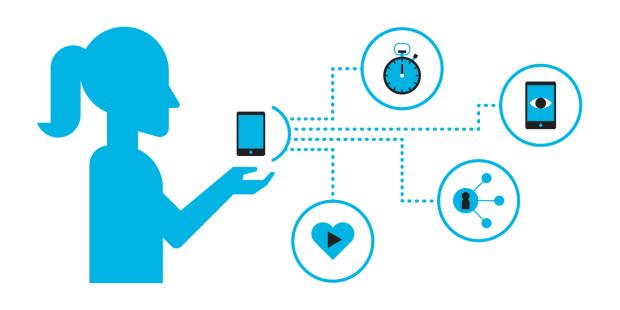
In light of the hectic pace of modern life and the growing problem of information overload, publishing micro content has become the need of time. It can be an excellent informational resource for your target audience. This compact media condenses complicated ideas into brief, simple chunks that can be easily consumed by online audiences.
If you are a marketer, content producer, or a company looking to stand out in the digital sphere, you must know how to leverage micro content marketing.
Why Should You Create Micro Content?
In macro content marketing strategy, you create and publish long-form posts which contain probably around 2000-3000 words. When your audience will read it? The answer is if they have enough time to learn something in detail.
What if they are happy with their social media feeds? How will you grab their attention? How will communicate to them that you exist and you want to share valuable information with them?
You can do that with bite-sized information loaded with attractive micro content on social media or other such platforms. Because this type of content demands less time from your audience.
You will have to condense your message into easily consumable media formats. Your stories in microformat will become more welcoming to readers. Thus, you can deliver maximum impact in minimal time.
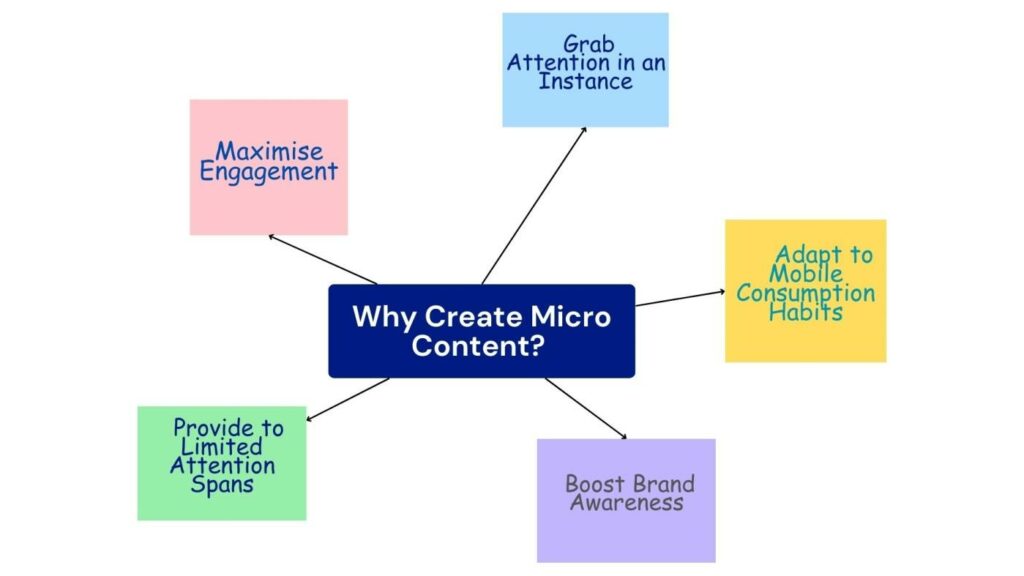
How Does Micro Content Improve User Engagement With Brands?
Let us explore the reasons why you should embrace micro content creation and integrate it into your digital marketing strategy:
1. Grab Attention in an Instance
Studies indicate that internet consumers’ attention spans are now shorter than ever, ranging around 8 seconds on average. You can break through the clutter and grab your audience’s attention with micro content.
These interactive snippets, whether it is a compelling image, a snappy video clip, or an engaging tagline, banner text and headlines are made to have an immediate impression.
You have a better chance of attracting your audience’s attention and persuading them. They will learn more about your products or services or your brand if you compact your message into visually appealing content.
2. Maximise Social Signals
The effectiveness of any digital marketing content depends on user engagement. By conveying targeted, captivating messages that connect with your audience, you can increase this engagement.
Further, audiences nowadays are more likely to share short pieces of interactive content. With more shares on social media platforms, you can get more likes and comments. These social signals can indirectly help your brand in SEO. You can visit this page to understand how social signals help in SEO.
3. Boost Brand Awareness
Creating and sharing micro content on a regular basis can greatly increase brand recognition. You create a unified brand presence by incorporating your brand’s identity and values into these shortened formats.
You may use this content to succinctly and effectively demonstrate the personality, creativity, and competence of your brand. Users begin to associate your brand with the engaging snippets. As they encounter your micro content regularly, with this content strategy you can increase the brand recall.
4. Adapt to Mobile Consumption Habits
Micro content fits in perfectly with customer’s constantly growing habit of scrolling, swiping, and tapping habits of mobile users. Long-form content is less engaging to them because of the time constraint. Small screen size is another reason why the audience avoids long blogs.
By producing microcontent, you can make sure that what you say is suitable for mobile viewing, increasing user interaction and content sharing on smartphones and tablets.
5. Provide Limited Attention Spans
Getting and holding an audience’s attention at a time of information overload is difficult. Micro contents tackle this problem because of their short form and information-rich attributes.
Your voice will be more likely to be thoroughly received and understood by your audience. This type of content additionally helps you to spark interest and encourage people to look for more details, strengthening their interaction with your company.
Types of Micro Content (+ Examples)
Here are some popular types of micro content:

1. Social Media Images and Infographics
Captivating image content like photos and infographics is one of the most used types of micro content. These images are designed to provide information, arouse feelings, or tell a narrative in just one glance.
This type of content can consist of arresting images, attractive sketches, or information-driven infographics that condense difficult facts into aesthetically pleasing chunks. Posting such micro content will also strengthen your overall online presence.
Here is an example of how Ahrefs posts infographics to share helpful information with its audience:
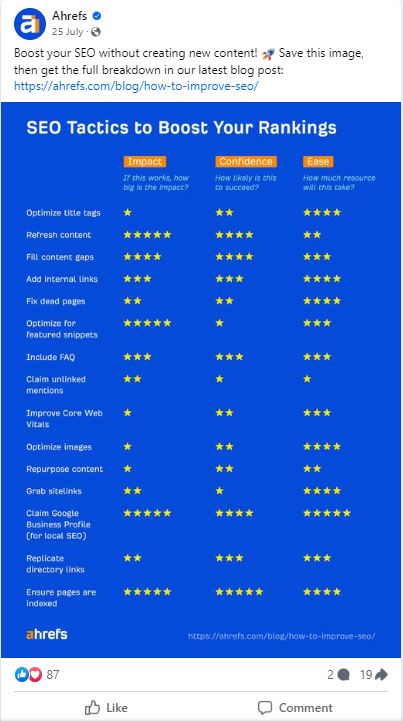
2. Webpage Metatags
Meta titles and descriptions are also a sort of micro-content. Meta tags are crucial for attracting clicks and generating organic traffic, thus becoming essential for search engine optimisation. It is essential to create titles that are clear, interesting, and accurately describe the content of your web pages.
If you create appealing SEO-friendly meta tags, you can significantly persuade readers to click on your links on search engine results pages. These snippets help visitors understand what information they will get after clicking and encourage them to explore more.
3. Email Newsletters
You can see micro content in the email newsletters. The clear, interesting email content helps compel users to click on the link you provide. In such content, you need to share the summary of the page where you want to channel the audience.
Following is a brilliant example of an email micro content:
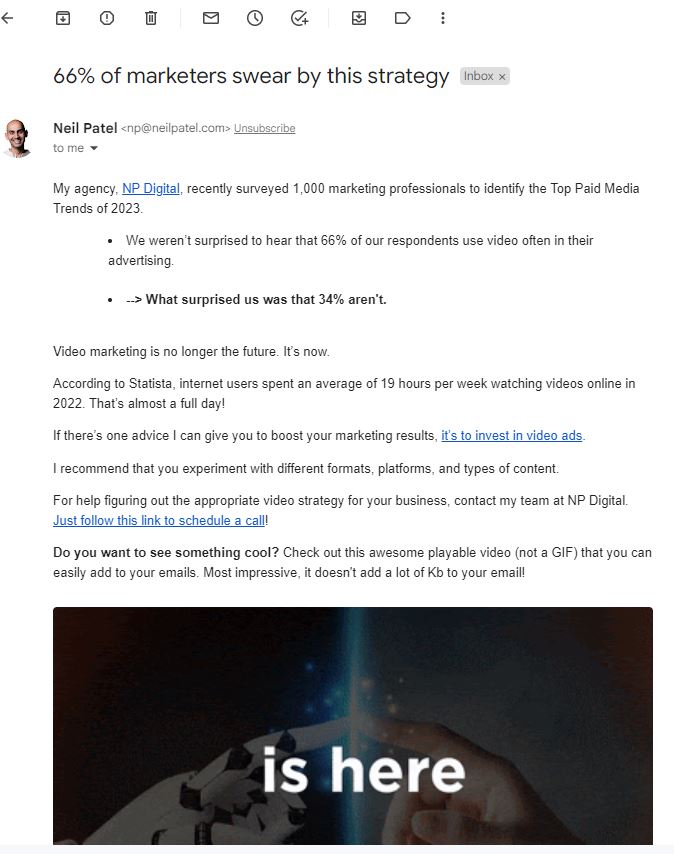
4. Short Video Clips
Short video has gained popularity and becomes a preferred choice for marketers and creators. You can see an abundance of this type of micro content in social media platforms like TikTok, Instagram Reels, YouTube Shorts, and Twitter Fleets.
These little videos, which usually last between a few seconds and a minute, amuse, teach, or swiftly deliver a message.
They can provide advice and tricks, demonstrate products, or tell gripping stories in an abbreviated form. To engage viewers and make a lasting impression, short video clips use visual and audio stimuli.
Below is an example of a short video clip published by us on our YouTube Channel:
5. Inspirational Phrases and Snippets
A great way to get people’s attention and stir their curiosity is by using interesting quotes and facts. These short messages are frequently posted on social media sites with eye-catching images or backdrops to help them stand out.
Quotes and snippets can express a brand’s ideology, evoke feelings, or provide quick knowledge. Brands and people may make an impression on their audience that will stick in their audience’s memory by putting strong messaging into these brief, shareable formats.
At Das Writing Services, we also post inspirational quotes on our LinkedIn page:
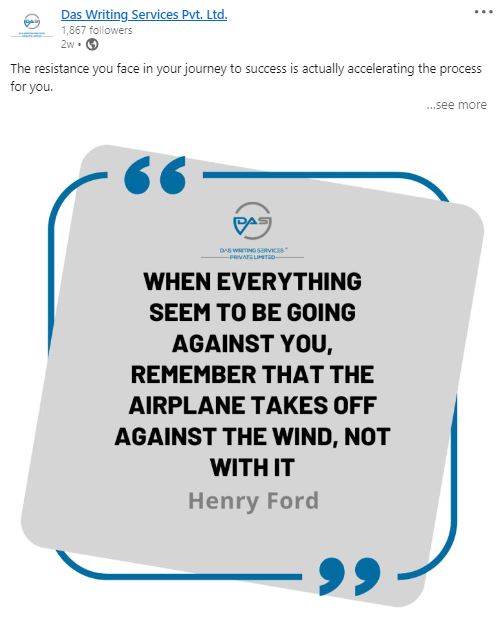
6. Catchy Taglines and Powerful Headlines
Good headlines and taglines boost user engagement since they serve as openings to your content. Headlines and taglines are also a type of micro content. These creative pieces express the substance of the subject they represent and are succinct and eye-catching.
A compelling headline or intriguing tagline can persuade readers to click, read, or continue exploring any content – whether it’s an article, blog post, or social media caption. These short text-based snippets act as strong hooks to entice people to explore your long-form content.
7. Animated GIFs and Memes
Animated GIFs and memes have become an integral part of internet communication because they may easily and amusingly express emotions, humour, or relatability.
Unlike memes, which mix pictures or GIFs with amusing or related captions, GIFs are brief, looping video sequences. They frequently add humour and individuality to talks by being shared on social media and texting services.
GIFs and memes are powerful tools that brands and content producers use to interact with their audience, participate in topical issues, and add a sense of humour to their work.
You can understand how Das Writing Services also posts GIFs on social media platforms to engage with the audience from the micro content example given below. We published the following GIF on International Men’s Day.
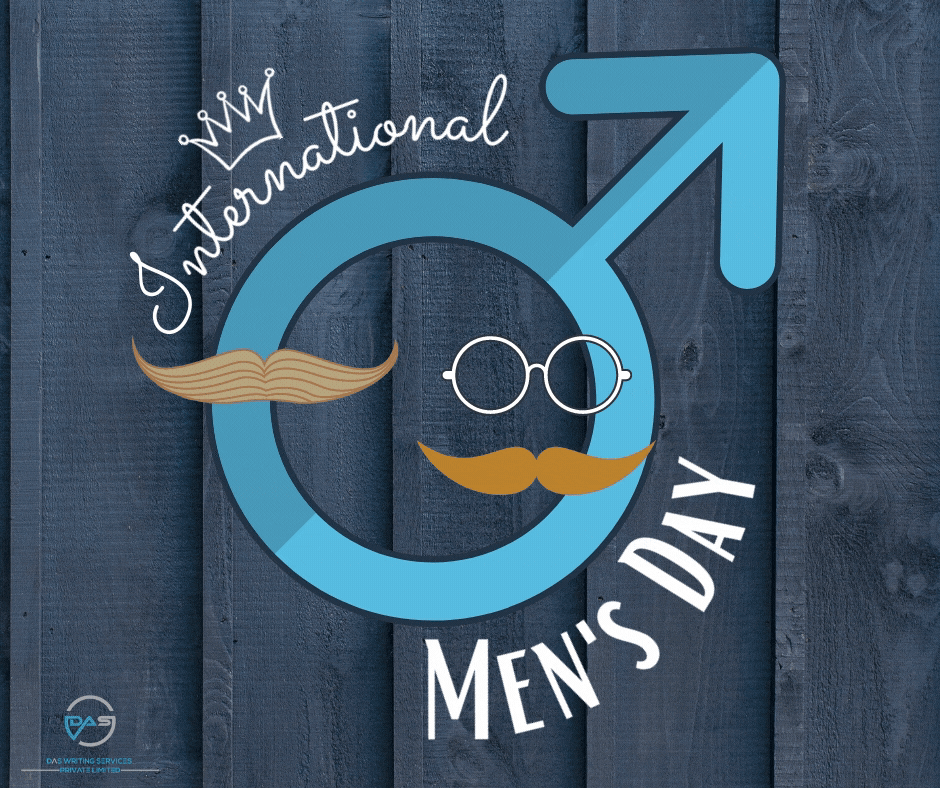
8. Short Listicle Content
Due to their scannable and quickly digestible nature, listicles, or articles presented in a list format, have become quite popular.
Short listicle content is a good approach to presenting information in a clear and structured way. You can give quick-to-digest insights by distilling difficult subjects into digestible bits of advice.
The list’s points may all be thought of as microcontent snippets, which make it extremely shareable and interesting. Short listicles take advantage of micro content’s ability to spread useful information while satisfying viewers’ finite attention spans online.
From the following example of listicle micro content published on Reddit. The micro content lists the best digital marketing tools one can use. You can publish such short form listicle content on other platforms like Quora (if you get a relevant question).
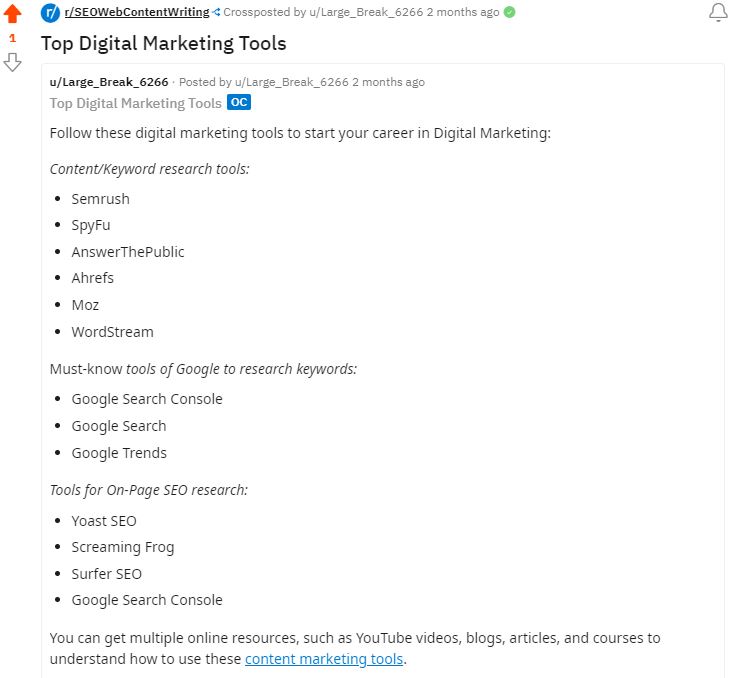
How to Create Micro Content?
Here are 12 steps to create micro content that will increase your reach and make your audience wait for more:
1. Determine Your Goal
You need to first determine the purpose and objective of your content to start. Are you attempting to inform, amuse, inspire, or market a good or service? You may better focus your message and integrate it with your larger content strategy by defining your objective.
2. Know Your Audience
Understand your target audience’s preferences, interests, and online behaviours. Your ability to customise your content to their unique requirements and tastes will increase the likelihood that it will grab their attention and encourage participation.
3. Distil the Essence
Identify the core message you want to convey. Micro content relies on being compelling and brief, so simplify your message. Pay close attention to the main point, feeling, or call to action that you want to get over to your audience.
4. Choose the Right Format
Consider the best format for your content based on your objective and audience. It might be a gripping phrase, an arresting image, a little video, or a catchy headline. Choose a format that supports your message and successfully captures attention.
5. Be Visual
Make sure to cater visual micro experiences to your audiences. For this, you can include captivating infographics or a little video clip. Use imagery, colour, and composition to amplify your message and connect with your audience. You can use tools like Canva to create eye-catching images.
6. Create Engaging Copy
When writing for micro content, focus on being succinct and effective. Aim for attention-grabbing headlines, catchy taglines, or interesting tidbits. Use language that is straightforward and succinct to convey your message.
7. Utilise Emotional Appeal
Emotions are strong user engagement motivators. By including storytelling, humour, inspiration, or relatability in your micro content, you can appeal to your audience’s emotions. elicit an emotional response from your audience to establish a deeper connection.
8. Optimise for Mobile
Given the increasing amount of mobile device usage, guarantee your content is optimised for mobile viewing. To provide a seamless and interesting experience across all devices, take into account the screen size, load time, and responsiveness.
9. Experiment and Iterate
To determine which formats, images, and messaging your audience responds to the most, run A/B tests. Keep track of engagement indicators like likes, shares, and click-through rates and modify your strategy in light of the information you learn.
10. Keep it Consistent
Stay true to the voice, look, and feel of your business when creating micro content. Consistency helps to improve your audience connections, brand identification, and brand visibility.
11. Encourage Audience Interaction
Micro content can work as a springboard for dialogue with your followers. Encourage user-generated content, comments, likes, and shares. In order to promote a sense of community and loyalty, reply to comments and interact with your audience.
12. Analyse and Gain Knowledge
Constantly evaluate the effectiveness of your microcontent. To determine what is most effective for your audience, keep an eye on metrics like click-through rates, conversion rates and engagement rates. Make use of these insights to improve your strategy and produce even more powerful micro content in the future.
Conclusion
Nowadays, we avoid watching or reading long form content. Even your closed ones will comment a “TLDR” (too long, didn’t read) and leave ASAP if you upload a post longer than usual.
As the attention span and patience of internet users are decreasing, the number of consumed content is increasing. You have to create compact and catchy short form contents that attract users to consume it, and ultimately share it. This is where micro content comes to play. It can be the power weapon for your overall digital marketing strategy.
We hope this guide has helped you understand the fundamentals of micro content; so get started today by contacting Das Writing Services for the best micro content.
FAQs on Micro Content
1. What makes micro content different from regular content?
Micro content is characterised by its condensed format, designed to capture attention and deliver a concise message quickly. It typically includes visuals, short videos, punchy headlines, and other bite-sized elements that can be consumed in a short amount of time. Regular content, on the other hand, tends to be longer and more detailed, catering to a deeper level of information and engagement.
2. How long should micro content be?
Micro content should be as short as possible while effectively conveying the intended message. The ideal length varies depending on the platform and format used. Generally, micro content should be no longer than a few seconds or a minute for videos, a few words for headlines, and a single image or infographic for visuals.
3. How can I measure the effectiveness of my micro content?
There are several metrics you can track to gauge the effectiveness of your micro content. These include engagement rates (likes, comments, shares), click-through rates (for links or calls-to-action), conversion rates (if applicable), and overall reach or impressions. By monitoring these metrics, you can identify what resonates most with your audience and make data-driven improvements to your micro content strategy.
4. How can I encourage sharing of my micro content?
To encourage sharing of your micro content, make it easily shareable by incorporating social sharing buttons or including clear instructions for users to share. Additionally, create inherently shareable content, such as humorous images or informative infographics. Engage with your audience by responding to comments, asking for their opinions, and encouraging them to tag their friends.
5. Should I focus on one type of micro content or use a mix of formats?
Using a mix of micro content formats is generally recommended to keep your content strategy diverse and engaging. Different types of micro content can cater to different preferences and capture attention in varying ways. Experiment with visuals, videos, quotes, headlines, and other formats to see what resonates best with your audience and aligns with your goals.
6. Why micro content is better for social media platforms?
Micro content is ideal for social media platforms because consumers there are used to quickly scrolling through their feeds. You may extend your audience and generate a wave of engagement by giving them easily saveable material that attracts their interest.



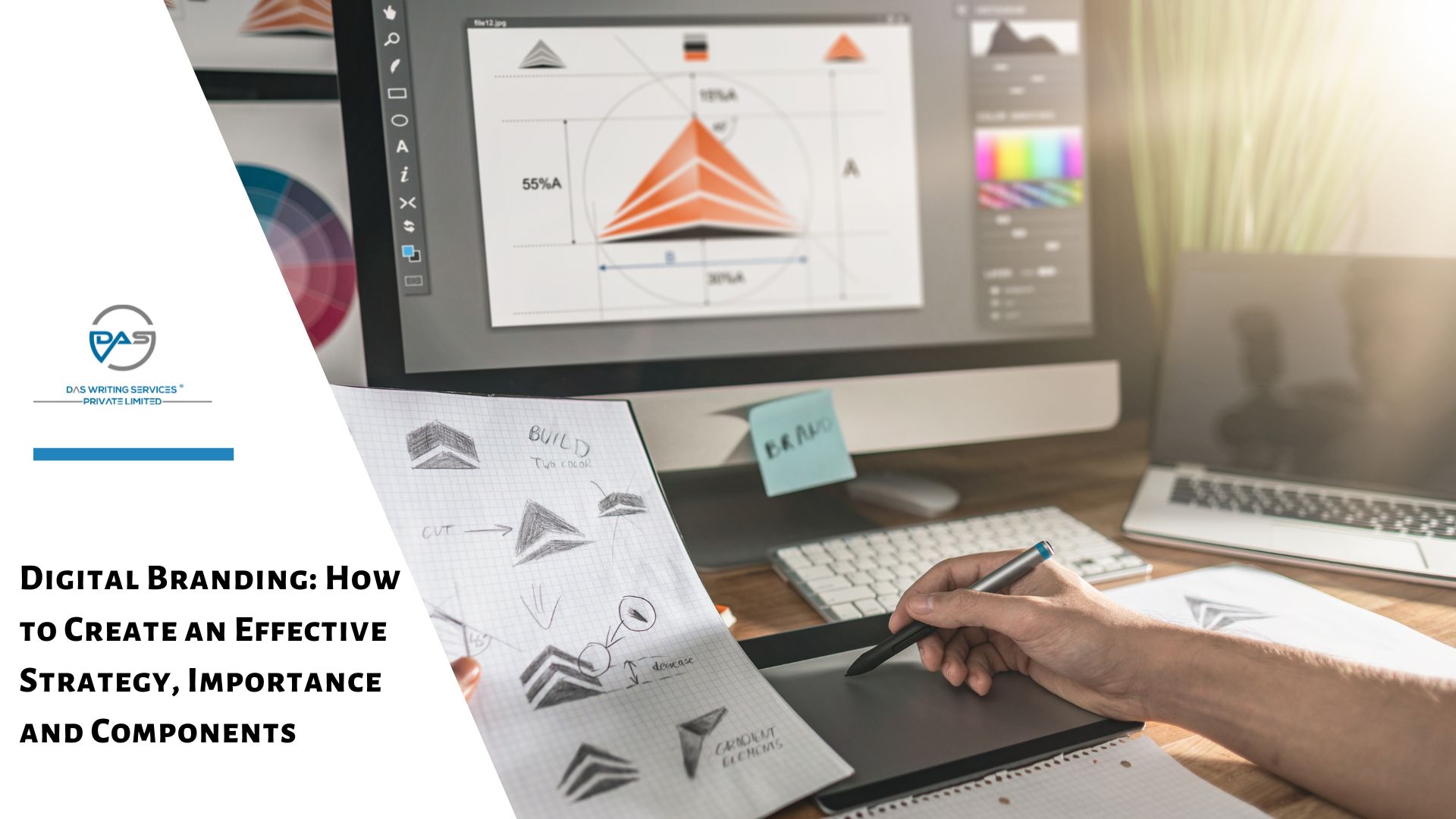

Leave a comment